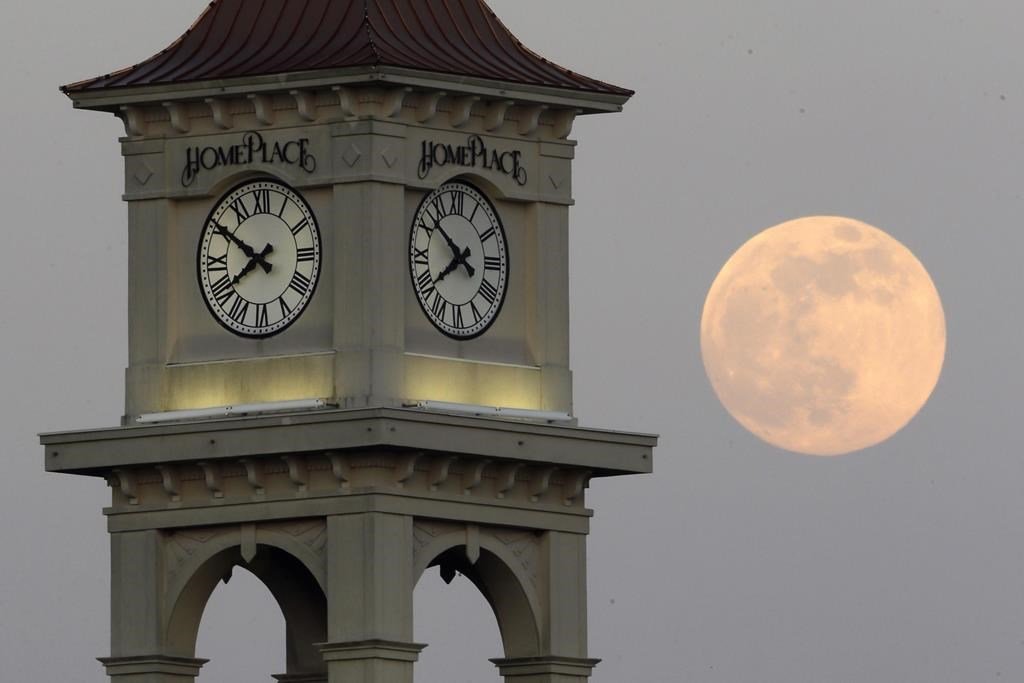NASA hopes to come up with an out-of-this-world way to track time by putting the moon on its own improved clock.
This is not a complete time zone like on Earth, but rather a frame of the entire lunar time reference. Because there is less gravity on the Moon, time moves a little faster than on Earth, at 58.7 microseconds each day.So the White House instructed on Tuesday NASA and other U.S. agencies will work with international organizations to devise a new moon-centered time reference system.
“The moon’s atomic clock ticks at a different rate than clocks on Earth,” said Kevin Coggins, NASA’s communications and navigation executive. “It stands to reason that when you go to different celestial bodies, like the Moon or Mars, each one gets its own heart rate.”
Therefore, everything on the moon would operate based on accelerated lunar time, Coggins said.
The last time NASA sent astronauts to the moon, they wore watches, but time was not as accurate or important as it is now with GPS, satellites, and complex computer and communications systems. , he said. Those microseconds matter when high-tech systems interact, he said.
Last year, the European Space Agency said Earth would need to devise a unified time for the moon, saying a day is 29.5 Earth days long.
The International Space Station is in low Earth orbit and will continue to use Coordinated Universal Time, or UTC. But where the new space-time begins is something NASA needs to figure out. Leap seconds are necessary because Earth time also speeds up and slows down.
Coggins said that unlike on Earth, there is no daylight saving time on the moon.
The White House hopes NASA will have a preliminary plan by the end of the year and a final plan by the end of 2026.
NASA aims to send astronauts around the moon in September 2025 and land humans on the moon a year later.

